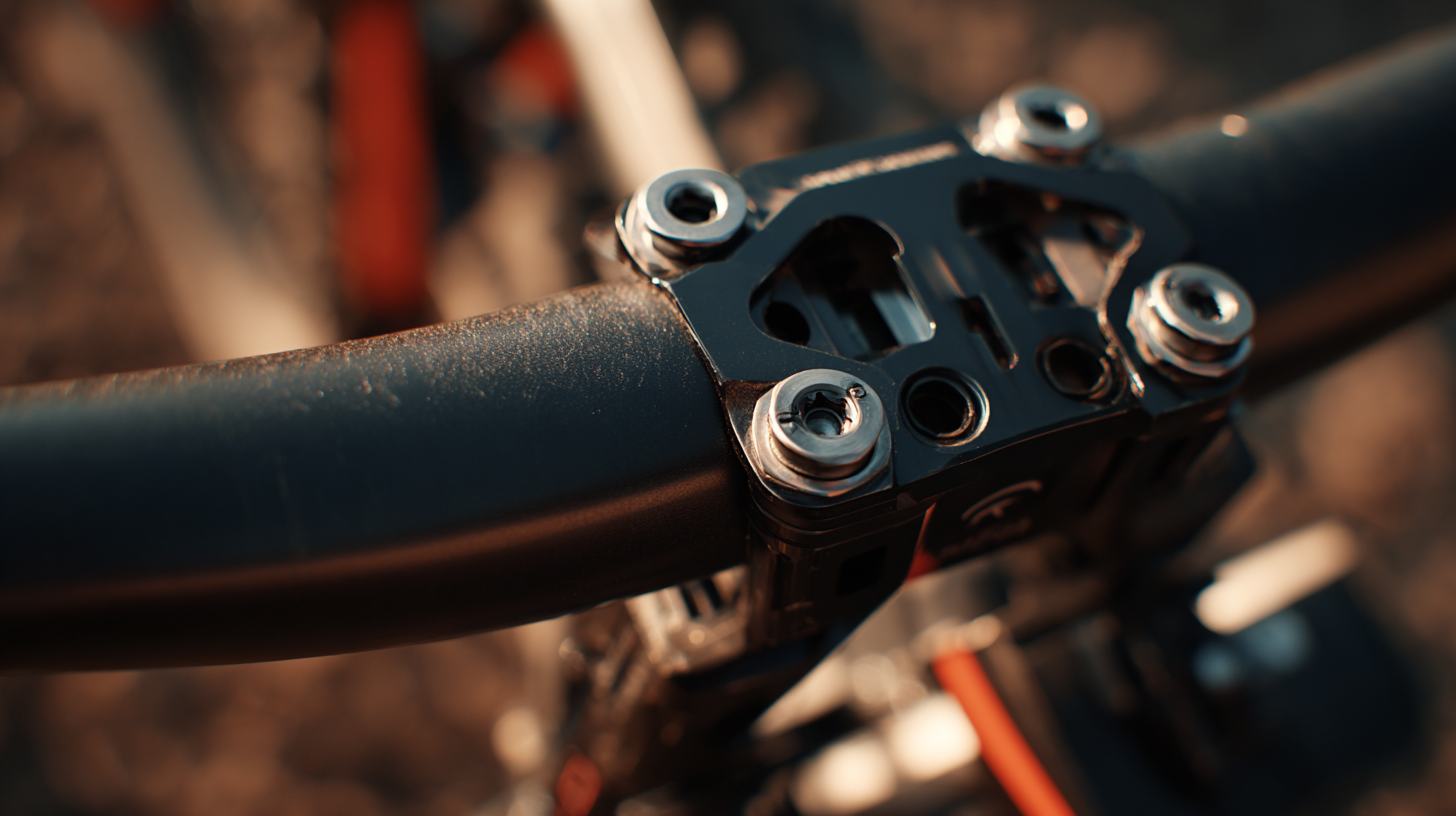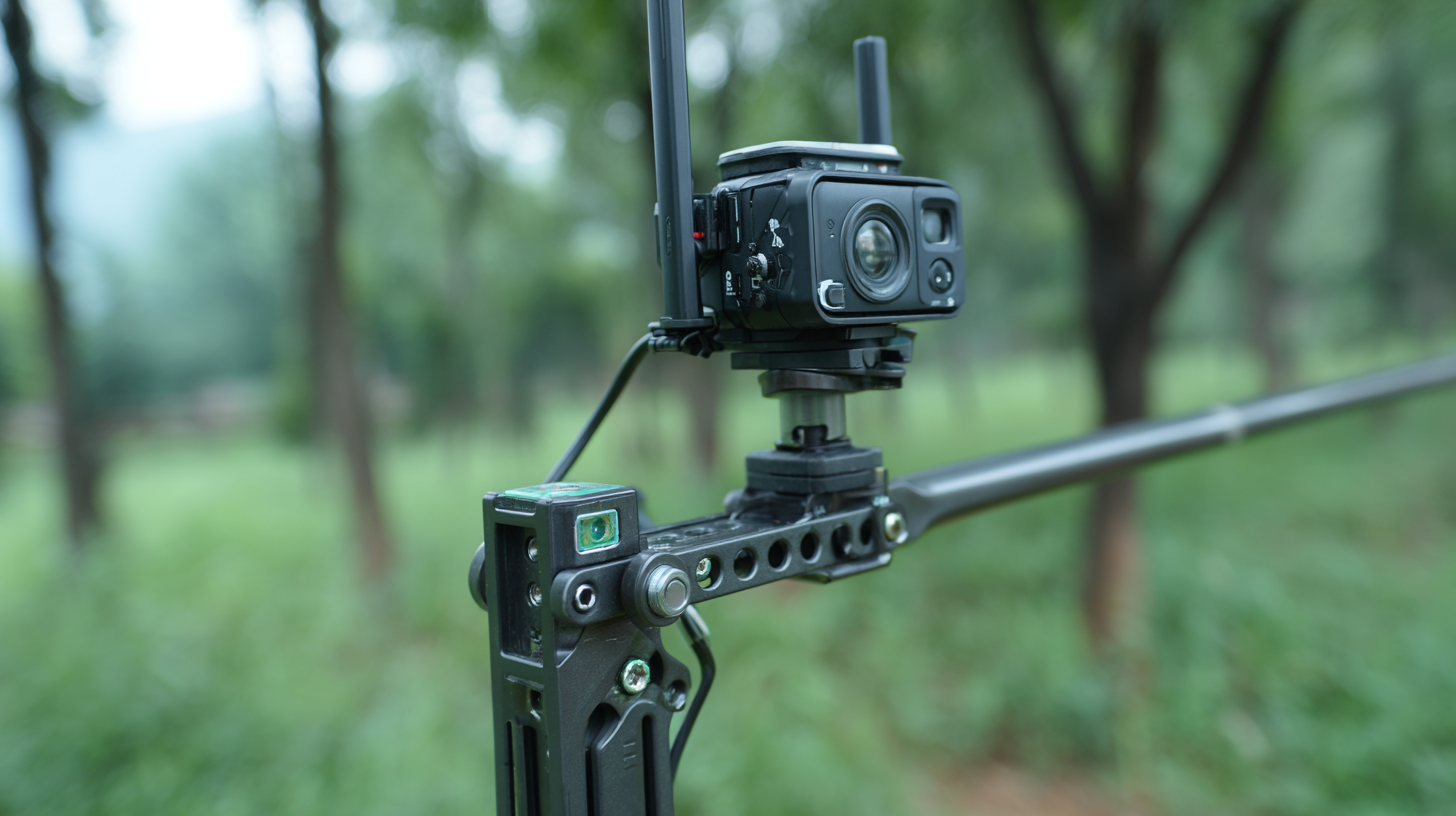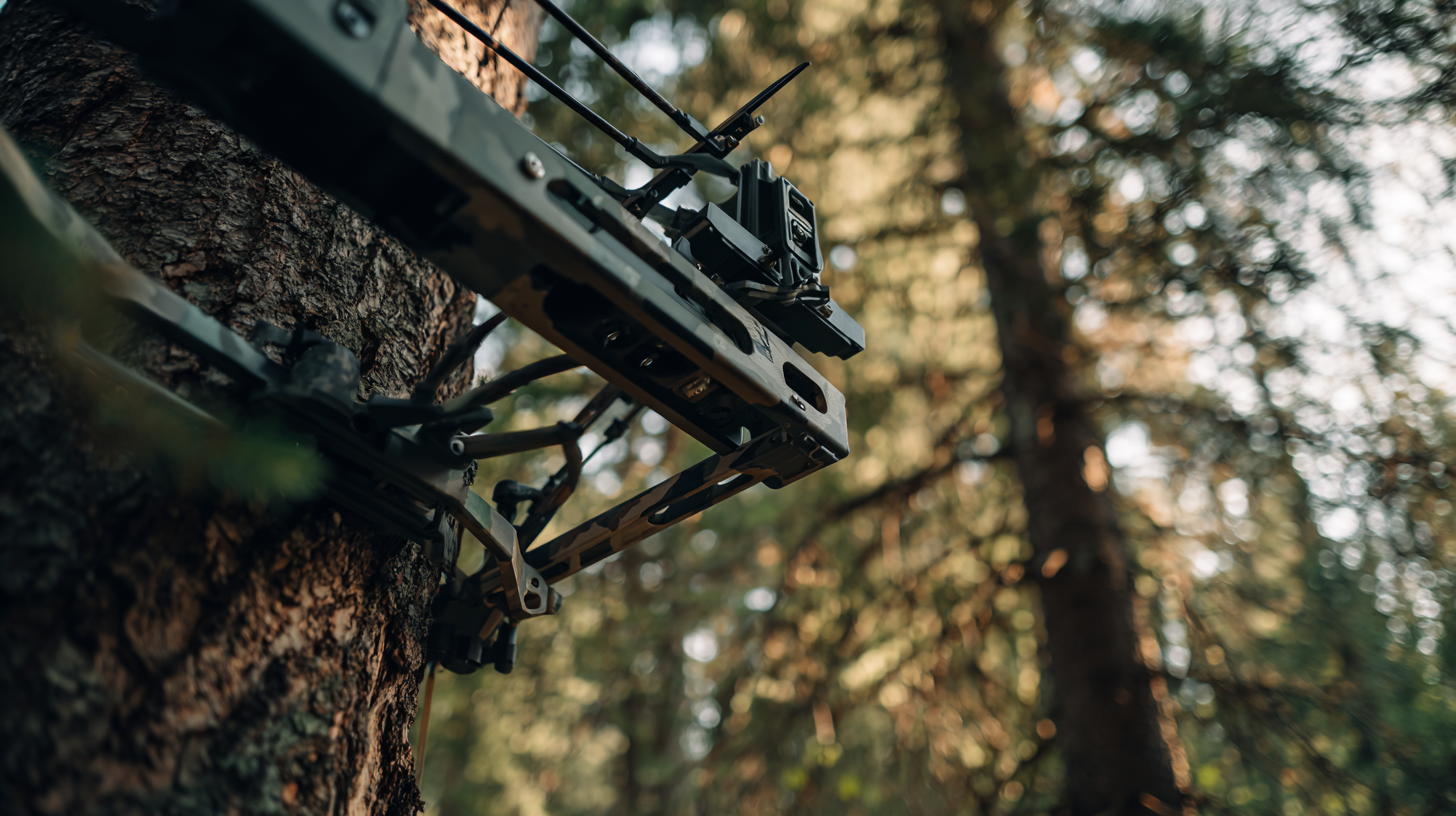Innovative Examples of the Best Mounting Bracket Solutions for Your Needs
In the ever-evolving landscape of mounting solutions, the mounting bracket has emerged as a pivotal component in various industries, from construction to technology. Recent industry reports indicate that the global market for mounting brackets is expected to reach $2.5 billion by 2025, growing at a CAGR of 6.3% due to increasing demand for robust and adaptable installation solutions. As businesses look to optimize their infrastructure while ensuring safety and efficiency, innovative mounting bracket solutions have become essential. This blog explores cutting-edge examples, highlighting how these versatile components can be tailored to fit an array of applications, ultimately aiding in seamless integration and performance enhancement across sectors.

The Importance of Choosing the Right Mounting Bracket for Your Installation
Choosing the right mounting bracket for your installation is crucial to ensure both functionality and safety. Just as selecting the appropriate graphics card or CPU can significantly enhance your PC’s performance, the right mounting bracket can make or break your setup, whether it’s for a TV, monitor, or other equipment. A well-chosen bracket will not only support the weight of the device but also allow for optimal positioning, reducing glare and improving viewing angles.
For instance, when mounting a television, consider the type of wall it will be installed on; this will dictate the necessary bracket type—fixed, tilting, or full-motion. Each offers different advantages depending on your room layout and seating arrangements, much like how different GPUs cater to various gaming requirements. Furthermore, ensuring the bracket supports the device's weight and complies with safety standards is paramount. So, invest time in understanding your options, as the right choice will greatly enhance your viewing experience and the overall functionality of your installation.
Innovative Examples of the Best Mounting Bracket Solutions
Key Features of Innovative Mounting Bracket Solutions
When selecting mounting brackets, understanding the key features that cater to your specific needs is paramount. Innovative mounting bracket solutions often emphasize adaptability and strength. According to a recent industry report by the Professional Association of Mounting Solutions (PAMS), nearly 72% of users prefer brackets that allow for easy adjustment and versatility in mounting configurations. This flexibility is critical, especially in industries such as telecommunications and construction, where equipment must be securely installed in various orientations.
Another vital aspect is the material efficiency of mounting brackets. A study published in the Journal of Structural Engineering found that high-quality mounting brackets made from materials like aluminum and stainless steel can effectively reduce installation time by up to 30%, while also enhancing durability. Notably, the growing trend towards eco-friendly materials has led to the innovation of brackets that not only meet performance standards but are also created from recycled materials, appealing to environmentally conscious companies. Thus, the best mounting bracket solutions today combine strength, adaptability, and sustainability, ensuring they meet the diverse needs of modern applications.
How After-Sales Support Enhances Your Mounting Bracket Experience
 When it comes to mounting brackets, the quality of after-sales support can significantly enhance the overall user experience. After all, installing a mounting bracket is only part of the journey. The real value often lies in having a supportive customer service team ready to assist with any issues that arise post-installation. Effective after-sales support includes troubleshooting guides, accessible customer service representatives, and comprehensive warranty policies, which can help users navigate unexpected challenges with ease.
When it comes to mounting brackets, the quality of after-sales support can significantly enhance the overall user experience. After all, installing a mounting bracket is only part of the journey. The real value often lies in having a supportive customer service team ready to assist with any issues that arise post-installation. Effective after-sales support includes troubleshooting guides, accessible customer service representatives, and comprehensive warranty policies, which can help users navigate unexpected challenges with ease.
Moreover, robust after-sales support fosters a sense of trust and reliability among customers. When users know they have a dependable resource to turn to, they are more likely to experiment with innovative mounting solutions without the fear of failure. This level of support not only helps in resolving technical problems but also enriches the customer's overall experience, leading to higher satisfaction rates. In today's competitive market, businesses that prioritize this aspect are more likely to build lasting relationships with their clients, ensuring repeat business and positive word-of-mouth referrals.
Reducing Maintenance Costs with Advanced Mounting Bracket Designs
In today's fast-paced industrial landscape, maintenance costs can significantly impact a company's bottom line. One effective way to reduce these costs is through the implementation of advanced mounting bracket designs. These innovative solutions not only enhance equipment stability but also simplify installation and maintenance processes. By utilizing materials that resist corrosion and wear, modern brackets ensure a longer lifespan, ultimately minimizing the frequency and cost of replacements.
Furthermore, ergonomic designs play a crucial role in reducing maintenance time. Mounting brackets engineered with ease of access in mind allow technicians to perform inspections and repairs quickly and efficiently. This not only saves time but also reduces the likelihood of accidents during maintenance activities. With advancements in engineering and design, companies can now invest in brackets that provide superior performance while keeping expenditure in check, making them an invaluable asset in any operational framework.
Innovative Examples of the Best Mounting Bracket Solutions for Your Needs - Reducing Maintenance Costs with Advanced Mounting Bracket Designs
| Mounting Bracket Type | Material | Load Capacity (lbs) | Installation Time (hrs) | Maintenance Frequency (months) |
|---|---|---|---|---|
| L-Bracket | Steel | 300 | 1 | 12 |
| Corner Bracket | Aluminum | 200 | 0.5 | 24 |
| Pipe Bracket | Stainless Steel | 150 | 0.75 | 18 |
| Adjustable Bracket | Plastic Composite | 100 | 1.5 | 36 |
| Heavy-Duty Bracket | Mild Steel | 500 | 2 | 12 |
Looking Ahead: Future Trends in Mounting Bracket Technology
As we look ahead into the realm of mounting bracket technology, the integration of advanced materials and smart manufacturing techniques is setting the stage for exciting innovations. Recent reports indicate that the global mounting bracket market is projected to reach a value of over $5 billion by 2026, growing at a CAGR of approximately 6% from 2021 to 2026. This growth is driven by the increasing demand for versatile mounting solutions across various applications, including consumer electronics, telecommunications, and industrial machinery.
The trend toward smart manufacturing is further enhancing the efficiency and precision of mounting bracket production. By utilizing IoT-enabled machines and automated processes, manufacturers can optimize their operations, reducing both costs and time-to-market. This technological evolution not only improves product quality but also allows for customized solutions tailored to specific consumer needs. As intelligent manufacturing continues to advance, we can expect to see more innovative designs that leverage lightweight composites and modular systems, offering superior adaptability and sustainability in mounting solutions.

